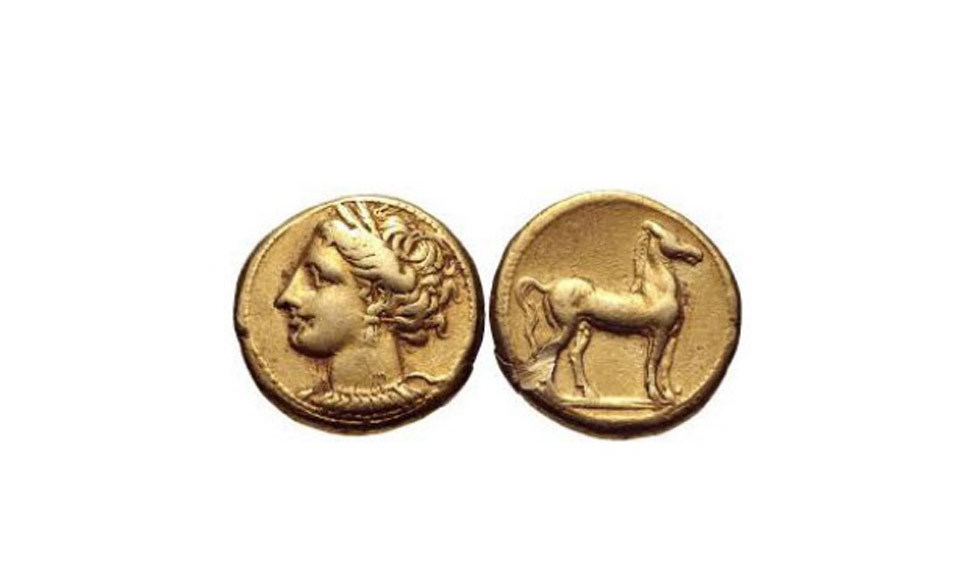Analysis of ancient Roman coins has shown that the defeat of the Carthaginian general Hannibal Barca - one of the greatest military commanders in history - led to a flood of wealth across the Roman Empire from the silver mines of Spain.
This finding, which gives us a tangible record of the transition of Rome from a regional power to an Empire, is presented at the Goldschmidt geochemistry conference in Paris.
The Second Punic War, where Hannibal famously marched his elephants across the Alps in a failed attack on Rome, has been regarded as one of the pivotal events of European history.
Rome entered the war as the dominant power in Italy, but emerged an empire1.
The war led to the conquest of the Iberian Peninsula, with the Romans gradually gaining control over the lucrative Spanish silver mines from around 211 B.C.
Revenues from the rich Spanish silver mines coupled with booty and extensive war reparations from Carthage, helped fund the expansion of its territory.
Geochemical analysis techniques has provided proof of the importance of the Spanish silver to the Roman conquest.
Scientists based in Germany and Denmark, led by Prof Fleur Kemmers and Dr Katrin Westner (Institute for Archaeological Sciences, Goethe University, Frankfurt) analysed 70 Roman coins dating from 310-300 B.C. to 101 B.C., a period which bracketed the Second Punic War.
The findings revealed that using Mass Spectrometry, they were able to show that lead in the coins made after 209 B.C. has distinctive isotopic signatures which identified most of the later coins as presumably originating from Spanish sources.
The changing origin of the coin bullion (gold or silver in bulk before coining) was mirrored by differing ratios of the lead isotopes 208Pb, 207Pb, 206Pb and 204Pb, which serve as geological clocks recording the formation age of the ores used to extract the silver.
"The defeat of Carthage led to huge reparation payments to Rome, as well as Rome gaining high amounts of booty and ownership of the rich Spanish silver mines. From 209 B.C. we see that the majority of Roman coins show geochemical signatures typical for Iberian silver," Katrin Westne added.
This massive influx of Iberian silver significantly changed Rome's economy, allowing it to become the superpower of its day, Westne added.
What our work shows is that the defeat of Hannibal and the rise of Rome is written in the coins of the Roman Empire, the researchers stated






